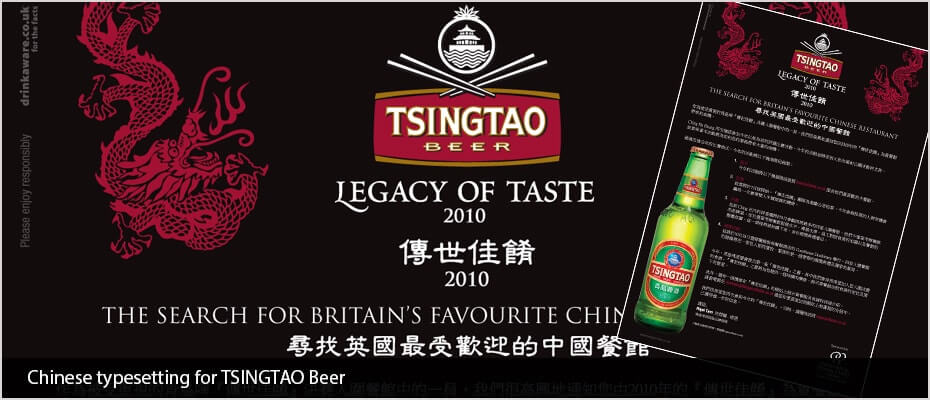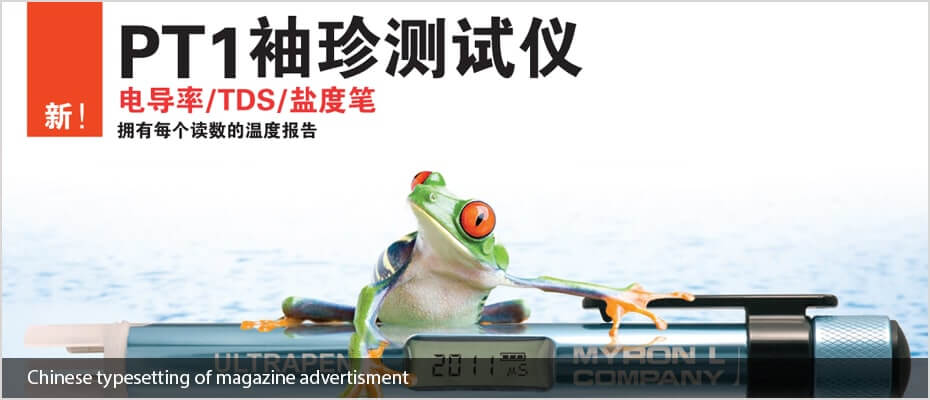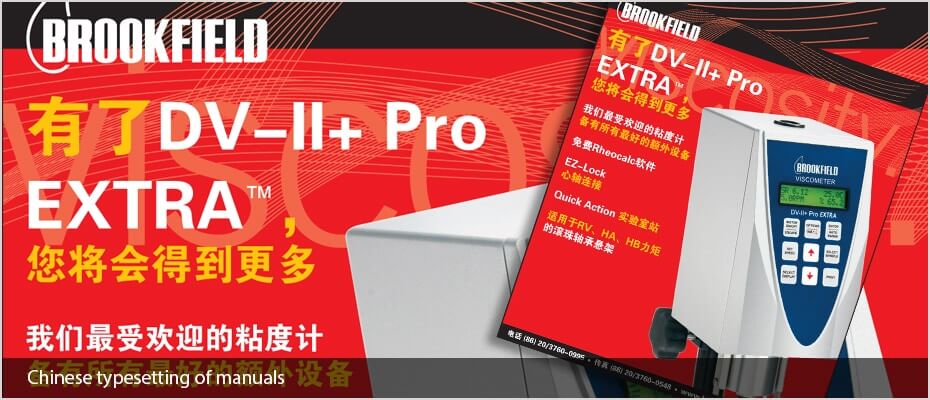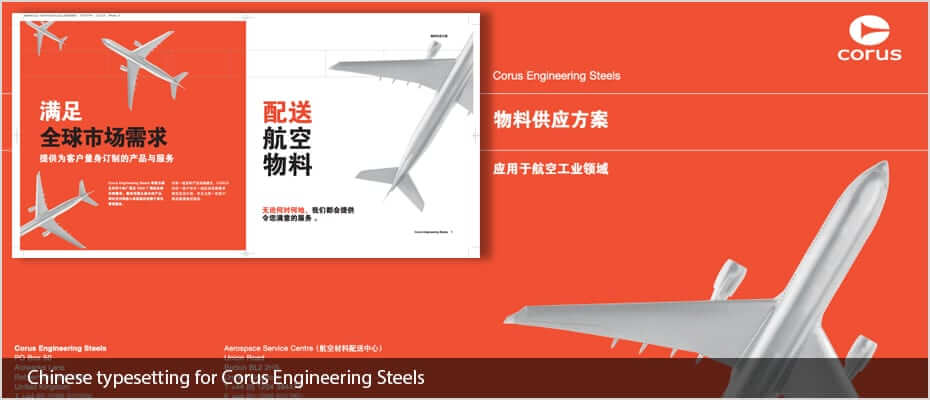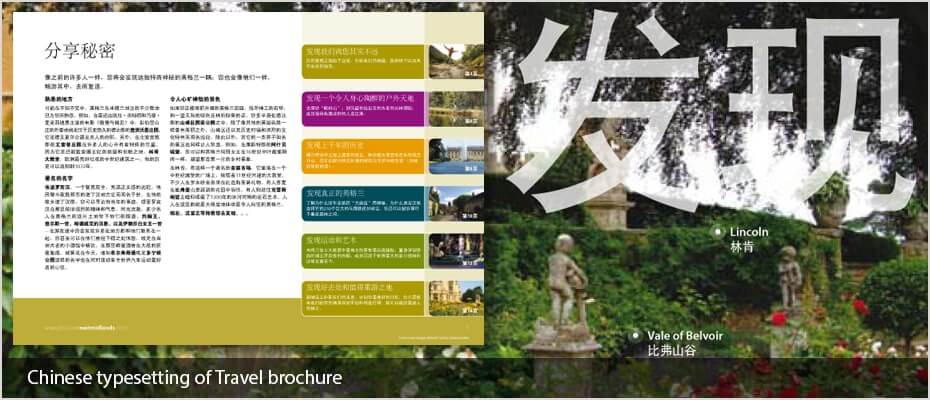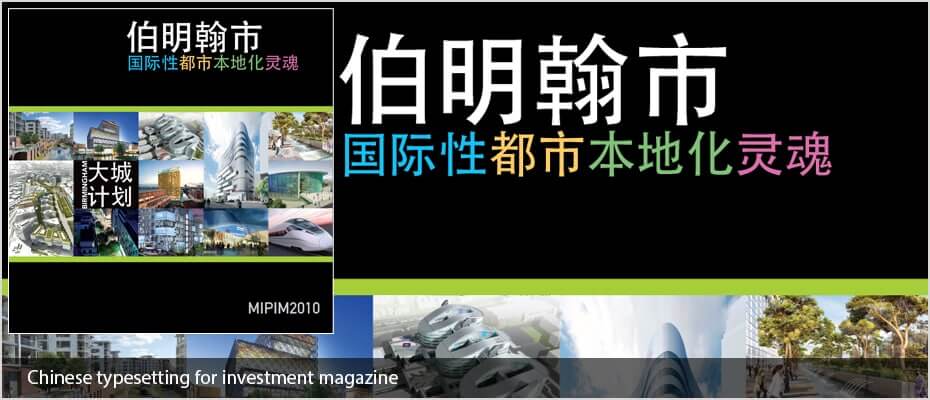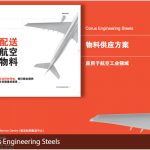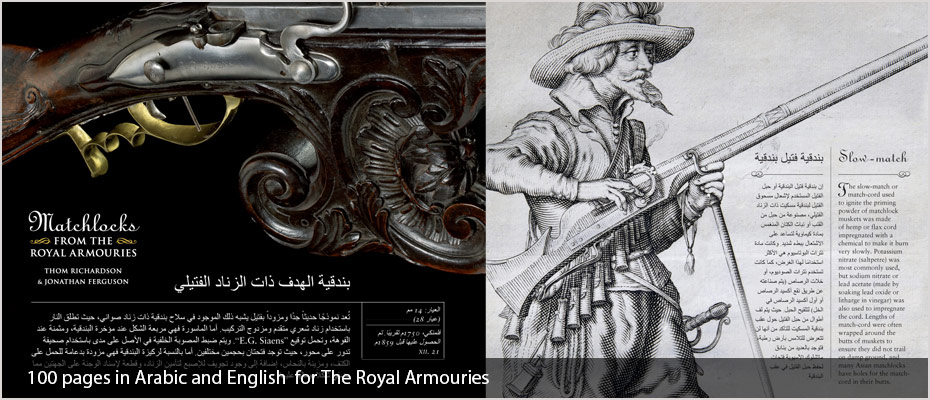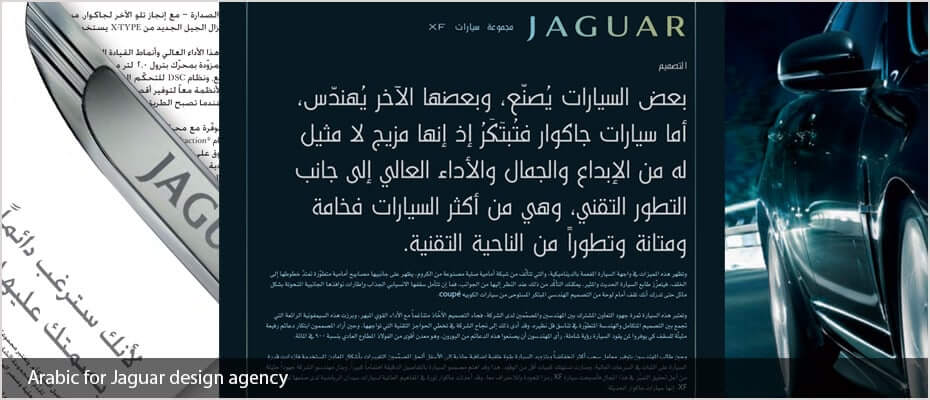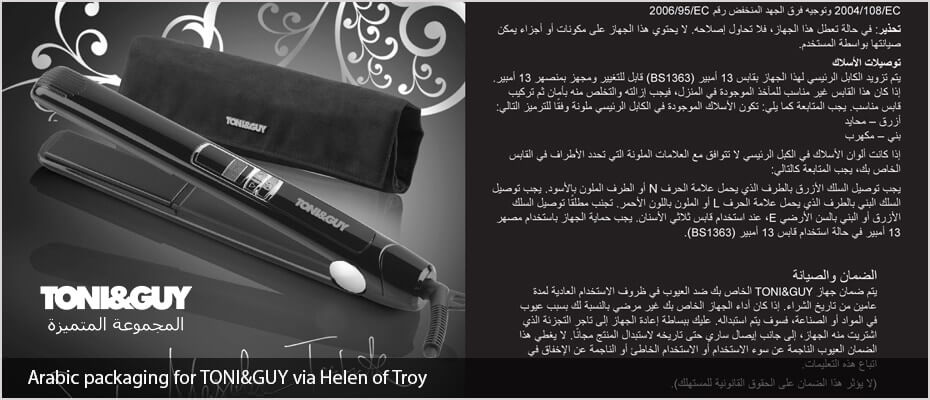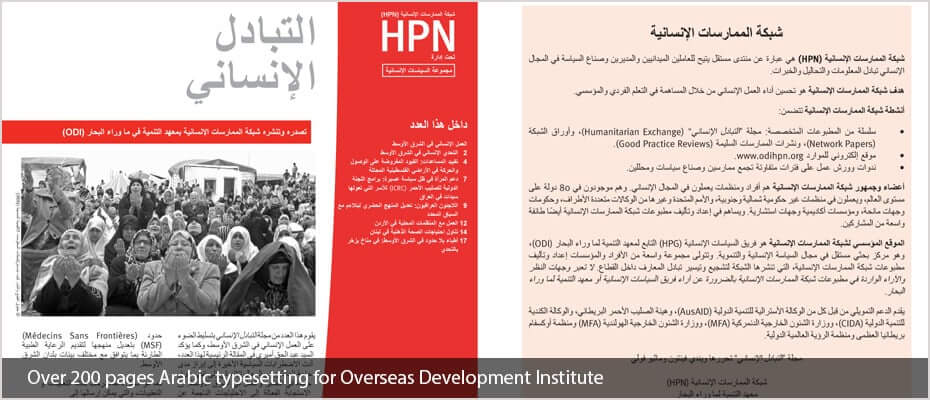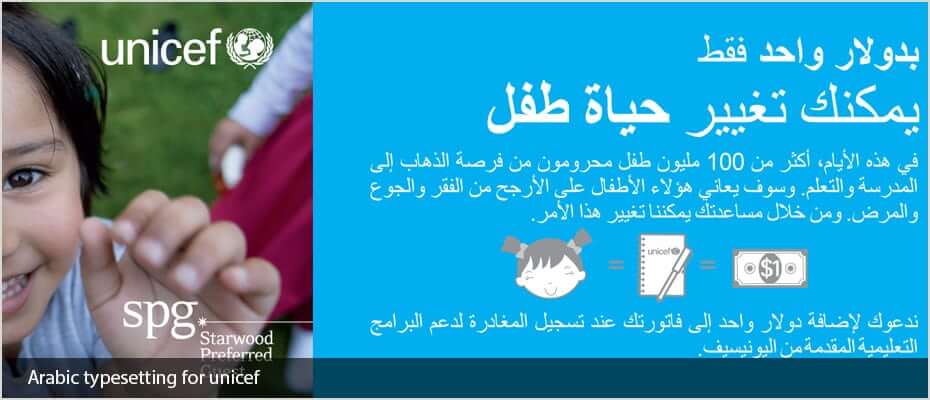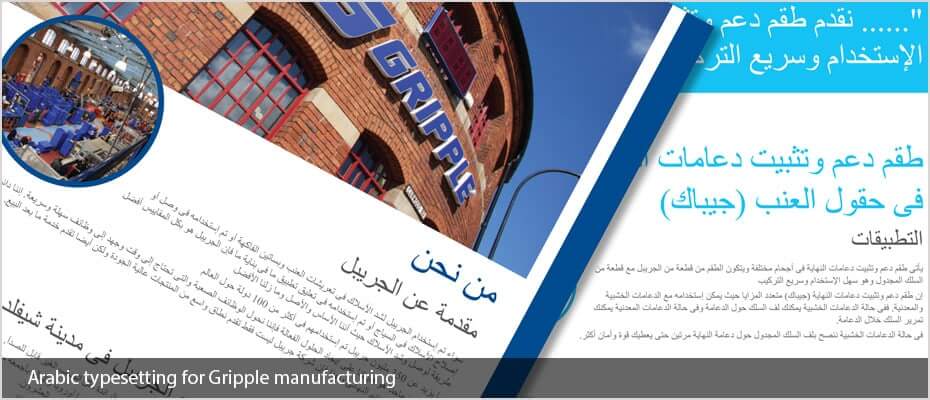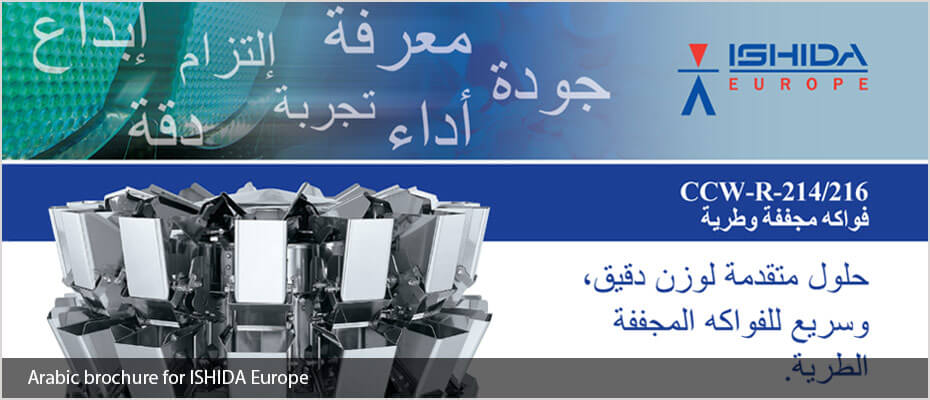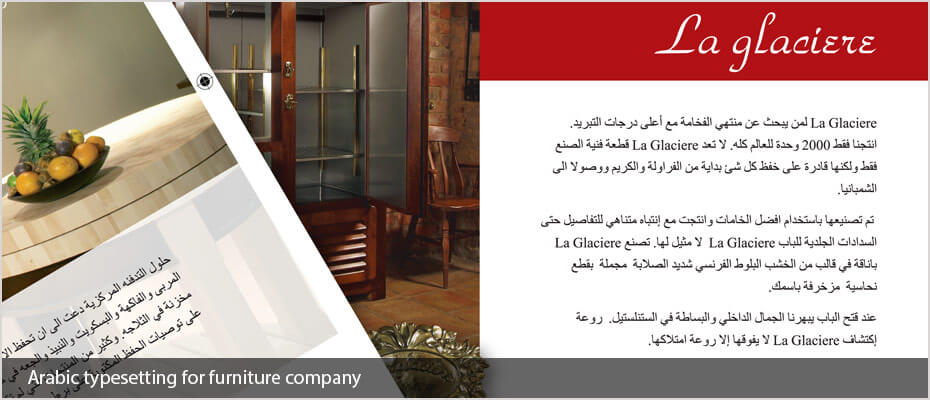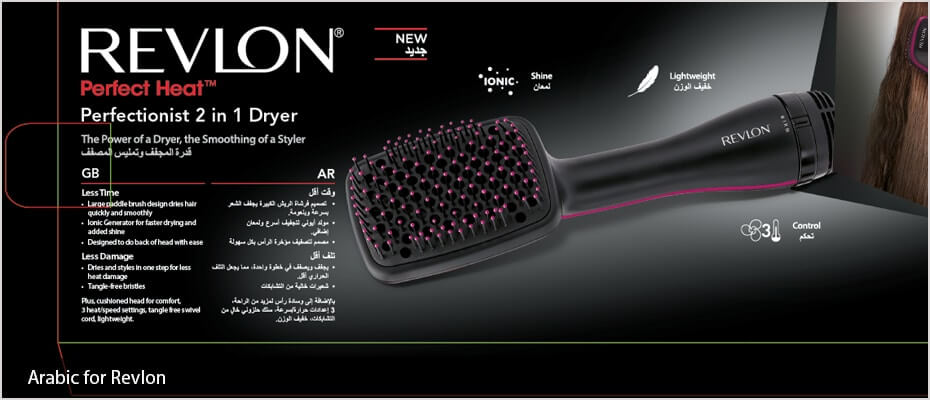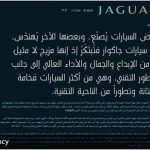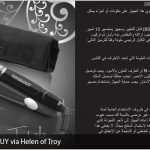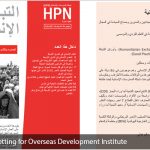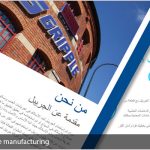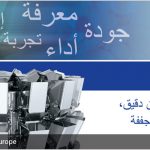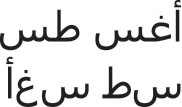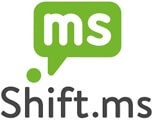Using Chinese fonts in Chinese typesetting
Adelphi has been producing Chinese printed materials for over 20 years; our own in-house typesetting studio produces Chinese typesetting for regular clients such as Disney, HMI Market, the Overseas Development Institute, Hutchison Whampoa Hong Kong and Barclays Bank, to name a few.
Examples of Chinese typesetting by Adelphi
Traditional (Cantonese) and Simplified (Mandarin) Chinese
The terms “Mandarin” and “Cantonese” refer to spoken Chinese languages, whereas “Traditional” and “Simplified” refers to different writing systems. Mandarin is the official spoken language in mainland China and is written in Simplified script, while Cantonese is used in Hong Kong, Macau and the province Guangdong Hong Kong-based written Cantonese and the Taiwanese variety of Mandarin Chinese both use Traditional characters.
Chinese fonts
Chinese fonts broadly fall into two categories just like Western fonts do. We have serif and sans-serif: think of Arial and Times New Roman. Chinese, on the other hand, has Song (宋体) and Hei (黑体). Where Song is the Chinese equivalent of serif, Hei is akin to sans-serif. For much more detailed information on Chinese fonts, I recommend the blog “The Complete Beginner’s Guide to Chinese Fonts” at webdesign.tutsplus.com
Licensed fonts
Legally, to print your materials for use in the PRC, you must be using fonts that are licensed for use in the territory; otherwise, you will be breaking the licensing agreement of the font manufacturer. Adelphi has over 100 fully-licensed Monotype fonts for use in the PRC.
To see a list of our fully licensed Chinese fonts please click here. There are many manufacturers of Chinese fonts and thousands are available online for free, but you should be careful of these as many have been copied from established font houses and are therefore not licensed for use in mainland China.
The font manufacturer pays the Chinese government for these fonts to be licensed and if you’re not paying to use these, then the Chinese government is not being paid. It’s generally unwise to upset the Chinese government or your client, after all.
To produce and release a professional font, the font house has to create a character set of at least 20,000 characters and ideally, they have to do it twice: once for simplified and once for traditional. This is, as you can imagine, a lot of work. Western fonts do not even come close to this, even with the addition of extended characters and symbols.
“If a font of Simplified Chinese is installed into any electronic product for export to the People’s Republic of China, it is necessary to use a font that is authenticated by the Chinese government“.
Many typesetting companies and their clients ignore the licensing agreements and just use any font they have, which can be very risky. Obviously, when dealing with clients such as Disney for their Chinese materials as we have, all work must be above board: therefore we only use fonts that are fully-licensed for use in the PRC. If the fonts are not licensed, you will be in danger of hurting your client legally and financially.
